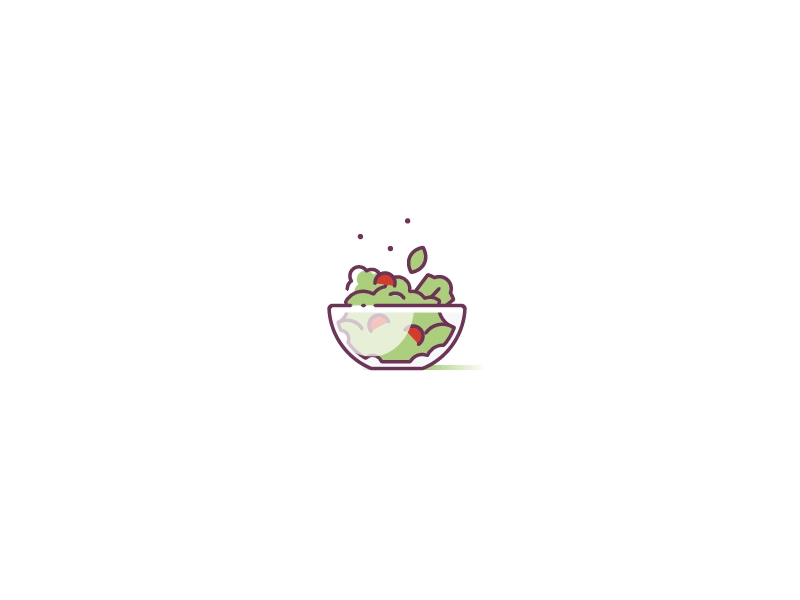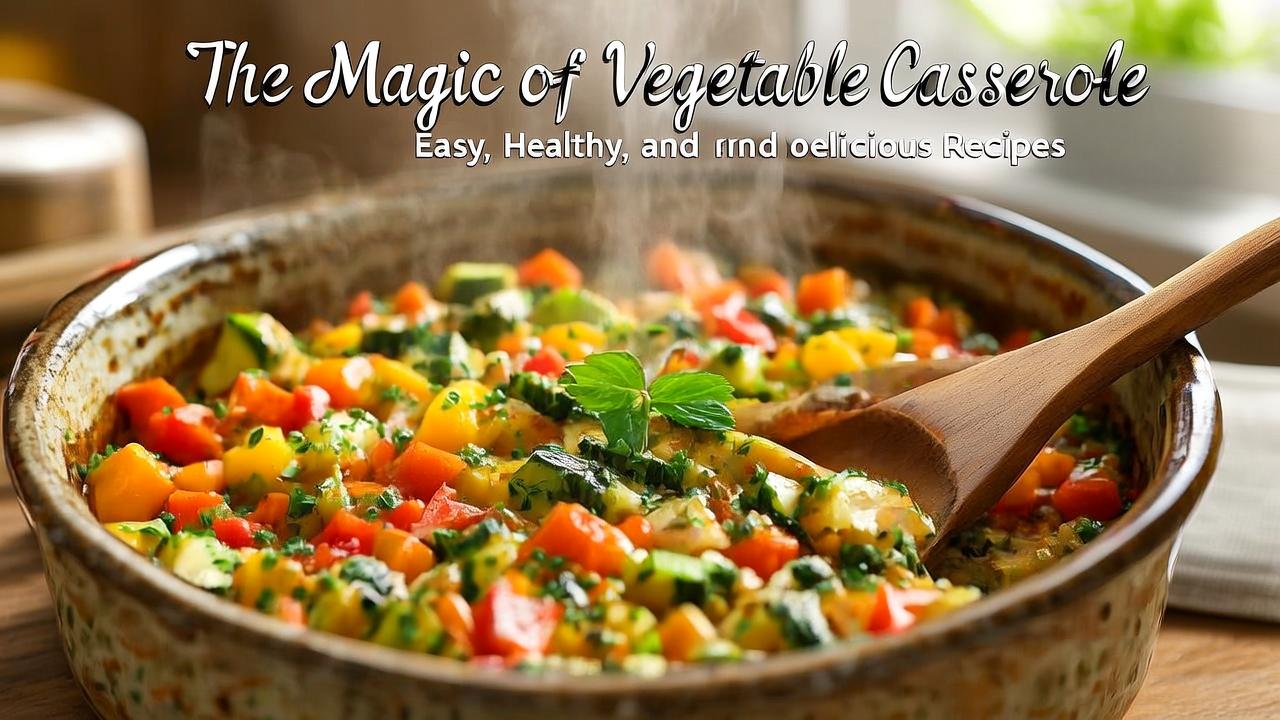Picture this: it's the end of a long day, and the age-old question, "What's for dinner?" looms large. You crave something comforting and satisfying, yet the thought of a sink full of pots and pans is anything but appealing. Enter the hero of weeknight meals and holiday side dishes alike: the vegetable casserole. This one-pan wonder is the culinary equivalent of a warm hug—a bubbling, golden-brown masterpiece packed with wholesome goodness. Forget the bland, mushy casseroles of yesteryear. We're diving deep into a world where the vegetable casserole is not just a simple meal, but a vibrant, flavor-packed experience. It's a dish that effortlessly marries convenience with nutrition, offering endless possibilities for customization. Whether you're a seasoned home cook or just starting your culinary journey, mastering the art of the vegetable casserole is a game-changer. It's the perfect way to use up leftover veggies, cater to picky eaters, and serve a meal that's both incredibly delicious and genuinely good for you. This article is your ultimate guide to unlocking the magic of this versatile dish, transforming it from a simple bake into a culinary centerpiece that will have everyone asking for seconds.
Why Every Kitchen Needs a Go-To Vegetable Casserole Recipe
In the fast-paced rhythm of modern life, the vegetable casserole stands out as a beacon of practicality and nourishment. It's more than just a dish; it's a solution. Think of it as your secret weapon for stress-free dinners. The beauty of a great vegetable casserole lies in its adaptability. It's a fantastic way to ensure your family gets a healthy dose of vitamins and minerals, cleverly disguised in a cheesy, comforting bake.
This dish is the epitome of efficiency. You can assemble it ahead of time, making it a perfect choice for meal prep or for those days when you know you'll be short on time. Pop it in the oven when you get home, and in under an hour, a hot, satisfying meal is ready. Furthermore, the vegetable casserole is a budget-friendly champion. It allows you to transform humble, seasonal vegetables into a hearty meal, minimizing food waste and maximizing flavor. It's a single-dish meal, which means cleanup is an absolute breeze. No more juggling multiple pots and pans; just one dish to wash. For anyone looking to streamline their cooking process without sacrificing flavor or health, having a reliable vegetable casserole recipe is not just a good idea—it's essential.
The Ultimate Guide to Crafting the Perfect Vegetable Casserole
Creating a truly memorable vegetable casserole is an art form, but one that's surprisingly easy to master. It's all about understanding the key components and how they work together to create a harmonious and delicious final product. From the selection of vegetables to the consistency of the sauce, each element plays a crucial role.
Choosing Your Vegetable All-Stars
The foundation of any spectacular vegetable casserole is, of course, the vegetables themselves. The possibilities are nearly endless, and the best choice often depends on the season and your personal preferences. Using seasonal vegetables not only ensures the best flavor and freshness but is also more economical.
For a substantial and filling vegetable casserole, root vegetables are your best friend.
-
Potatoes and Sweet Potatoes: These add a lovely, starchy texture that makes the casserole a complete meal. They absorb the flavors of the sauce beautifully.
-
Carrots and Parsnips: These bring a natural sweetness and vibrant color.
-
Butternut Squash: Perfect for fall and winter casseroles, butternut squash adds a creamy texture and nutty flavor.
It's often a good idea to par-cook these harder vegetables by roasting or boiling them briefly before adding them to the casserole to ensure they cook through evenly.
To boost the nutritional content and add interesting textures to your vegetable casserole, look no further than these green powerhouses.
-
Broccoli and Cauliflower: These are classic casserole additions for a reason. They hold their shape well when baked, and their florets are perfect for trapping cheesy sauce.
-
Spinach and Kale: A fantastic way to pack in vitamins. It's important to sauté or wilt these greens first to remove excess water, which can prevent a soggy casserole.
-
Zucchini and Yellow Squash: These summer favorites add moisture and a delicate flavor. Like spinach, they benefit from being salted and drained or lightly cooked to release some of their high water content.
The Secret's in the Sauce: Creamy vs. Tomato-Based
The sauce is what binds your vegetable casserole together, infusing every bite with flavor and moisture. Your two main options are typically a creamy white sauce or a tangy tomato-based sauce.
-
Creamy Sauce: For the ultimate comfort food experience, a creamy sauce is the way to go. This can be a classic béchamel made from butter, flour, and milk, or a quicker version using cream cheese, sour cream, or condensed soups. Shredded cheese like cheddar or Gruyere is often whisked in to create a decadent cheese sauce.
-
Tomato-Based Sauce: For a lighter, more vibrant vegetable casserole, a tomato-based sauce is an excellent choice. You can use canned crushed tomatoes, marinara sauce, or even fresh tomatoes when they are in season. Herbs like oregano, basil, and thyme pair wonderfully with a tomato sauce.
Our Signature Easy & Healthy Vegetable Casserole Recipe
Ready to put your newfound knowledge to the test? This recipe is the perfect starting point—a delicious, versatile, and crowd-pleasing vegetable casserole that's packed with flavor. It strikes the perfect balance between healthy and indulgent.
Ingredients for the Ultimate Comfort Food
-
For the Vegetables:
-
2 cups broccoli florets
-
2 cups cauliflower florets
-
1 cup carrots, sliced
-
1 medium yellow onion, chopped
-
2 cloves garlic, minced
-
1 tablespoon olive oil
-
-
For the Creamy Cheese Sauce:
-
3 tablespoons butter
-
3 tablespoons all-purpose flour
-
2 cups milk (whole or 2% works best)
-
1 ½ cups shredded sharp cheddar cheese
-
½ cup grated Parmesan cheese
-
1 teaspoon Dijon mustard
-
Salt and freshly ground black pepper to taste
-
-
For the Topping:
-
½ cup panko breadcrumbs
-
2 tablespoons melted butter
-
¼ cup extra shredded cheddar cheese
-
Step-by-Step Instructions for a Foolproof Bake
-
Preheat and Prepare: Preheat your oven to 375°F (190°C). Lightly grease a 9x13-inch baking dish.
-
Par-Cook the Veggies: Bring a large pot of salted water to a boil. Add the broccoli, cauliflower, and carrots and cook for 4-5 minutes until slightly tender but still crisp. Drain them well to prevent a watery casserole. This step is crucial for a perfect texture.
-
Sauté the Aromatics: In a large skillet or pot, heat the olive oil over medium heat. Add the chopped onion and cook until softened, about 5 minutes. Add the minced garlic and cook for another minute until fragrant.
-
Make the Roux: In the same skillet, melt the 3 tablespoons of butter. Whisk in the flour and cook for about one minute, stirring constantly. This is your roux, which will thicken the sauce.
-
Create the Creamy Sauce: Slowly whisk in the milk until the mixture is smooth.Continue to cook, stirring frequently, until the sauce thickens and bubbles, about 5-7 minutes.
-
Add the Cheese and Seasoning: Remove the skillet from the heat. Stir in the shredded cheddar, Parmesan, and Dijon mustard until the cheese is completely melted and the sauce is smooth.Season generously with salt and pepper.
-
Combine and Assemble: In the prepared baking dish, combine the drained vegetables with the sautéed onions. Pour the cheese sauce over the vegetables and stir gently until everything is evenly coated.
-
Top and Bake: In a small bowl, mix the panko breadcrumbs with the 2 tablespoons of melted butter and the extra ¼ cup of cheddar cheese. Sprinkle this mixture evenly over the casserole.
-
Bake to Perfection: Bake uncovered for 25-30 minutes, or until the sauce is bubbly and the topping is golden brown and crispy. Let the vegetable casserole rest for about 10 minutes before serving. This allows it to set and makes it easier to serve.
Customizing Your Vegetable Casserole: Make It Your Own!
One of the greatest attributes of a vegetable casserole is its incredible versatility. The recipe above is a fantastic base, but feel free to get creative and tailor it to your tastes or what you have in your pantry.
Protein Power-Ups: Adding Beans, Lentils, or Tofu
Want to turn your side dish into a complete vegetarian main course? It's easy to boost the protein content.
-
Beans and Lentils: A can of rinsed chickpeas, black beans, or a cup of cooked lentils can be stirred in with the vegetables for added fiber and protein.
-
Tofu: For a vegan option, press and cube a block of extra-firm tofu. You can pan-fry or bake the cubes first to give them a better texture before adding them to the vegetable casserole.
Cheesy Delights: The Best Cheeses for a Golden-Brown Top
While sharp cheddar is a classic, don't be afraid to experiment with other cheeses. Each brings a unique flavor and melting quality to your vegetable casserole.
-
Gruyère: Offers a nutty, slightly sweet flavor that melts beautifully.
-
Mozzarella: Provides that classic, satisfying cheese pull.
-
Swiss Cheese: Adds a tangy, distinct flavor that pairs well with broccoli and mushrooms.
-
Smoked Gouda: Lends a smoky depth to the casserole.
Troubleshooting Common Vegetable Casserole Conundrums
Even with the best recipes, issues can sometimes arise. Here’s how to solve the most common vegetable casserole problems.
-
"My casserole is watery!" This is the most frequent issue. It's usually caused by vegetables with high water content, like zucchini, mushrooms, or spinach.
-
The Fix: Always pre-cook these vegetables to release their excess moisture before adding them to the dish. Also, ensure you drain blanched or frozen vegetables very thoroughly. If it's already baked and watery, you can try thickening it with a cornstarch slurry or simply leaving it uncovered in the oven a bit longer to let the excess liquid evaporate.
-
-
"My vegetables are mushy!" Overcooking is the enemy of a good vegetable casserole.
-
The Fix: Remember to only par-cook the vegetables initially. They will continue to cook in the oven. Blanching them for just a few minutes before adding them to an ice bath stops the cooking process and helps retain a crisp-tender texture.
-
-
"The topping is burnt, but the inside is cold."
-
The Fix: This often happens when baking a casserole straight from the refrigerator. To prevent this, let the casserole sit at room temperature for 20-30 minutes before baking. Also, try baking it covered with foil for the first two-thirds of the cooking time to allow it to heat through evenly, then remove the foil for the last 10-15 minutes to brown the top.
-
The Health Benefits of a Weekly Vegetable Casserole
Incorporating a vegetable casserole into your weekly meal plan is a delicious strategy for improving your overall health. It's an easy and appealing way to increase your vegetable intake, ensuring you get a wide array of essential vitamins, minerals, and fiber. A diet rich in vegetables is linked to a lower risk of many chronic diseases. By making a hearty vegetable casserole the star of your meal, you are providing a nutrient-dense option that is both filling and satisfying. You can easily control the ingredients, opting for low-fat cheeses, whole grains, and lean proteins to create a low-calorie, heart-healthy meal. This makes the humble vegetable casserole a powerful tool for weight management and healthy living.
Conclusion: Embrace the Versatility of Vegetable Casserole
The vegetable casserole is far more than just a simple side dish. It is a celebration of flavor, convenience, and healthy eating all baked into one glorious pan. Its adaptability means it can be a creamy, cheesy comfort food, a light and zesty vegan meal, or a protein-packed main course. By mastering the basic techniques—choosing the right vegetables, creating a flavorful sauce, and knowing how to get that perfect golden-brown top—you unlock a world of culinary possibilities. So go ahead, raid your vegetable drawer, preheat your oven, and embrace the magic of the vegetable casserole. It's a dish destined to become a beloved staple in your kitchen.
FAQs: Your Vegetable Casserole Questions Answered
1. Can I make a vegetable casserole ahead of time?
Absolutely! You can assemble the entire casserole, cover it, and refrigerate it for up to 24 hours before baking. For best results, let it sit at room temperature for about 30 minutes before putting it in the oven.
2. How can I make a vegan vegetable casserole?
It's simple to adapt most recipes. Use plant-based milk (like almond or soy) and vegan butter to create the sauce. Nutritional yeast is a great substitute for cheese to get that savory, cheesy flavor. You can also make a creamy sauce using cashews or a rich tomato-based sauce.
3. Can I freeze a vegetable casserole?
Yes, most vegetable casseroles freeze very well for up to three to six months. It's often best to freeze the casserole unbaked to maintain the best texture. Thaw it in the refrigerator overnight before baking. Some dairy-heavy casseroles might experience a slight change in texture upon thawing, but they will still be delicious.
4. What's the best way to avoid a watery vegetable casserole?
The key is to manage the moisture content of your vegetables. For veggies with high water content like zucchini, mushrooms, and spinach, it's essential to pre-cook them (sauté or roast) to release excess water before adding them to the casserole.[ Also, make sure to thoroughly drain any frozen or canned vegetables.
Yes, frozen vegetables are a convenient option. There's no need to cook them beforehand, but make sure they are completely thawed and drained of all excess water to prevent a soggy result. Using a mix of frozen vegetables is an easy way to add variety.


